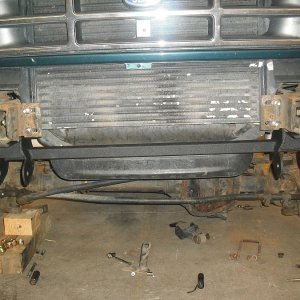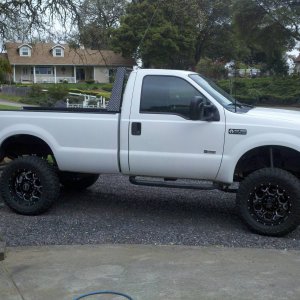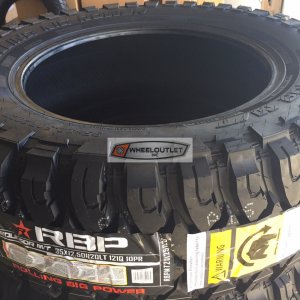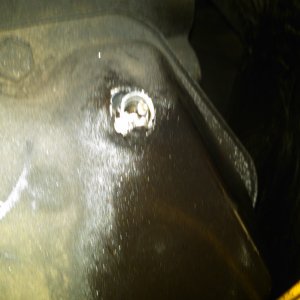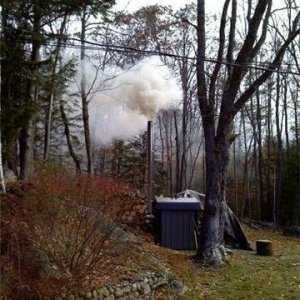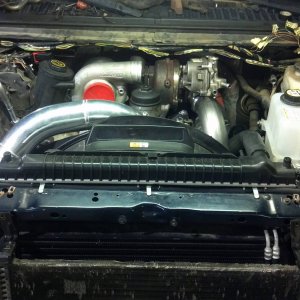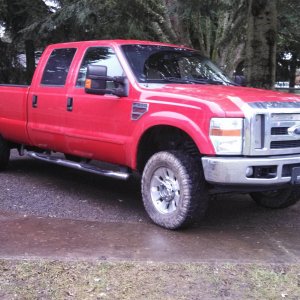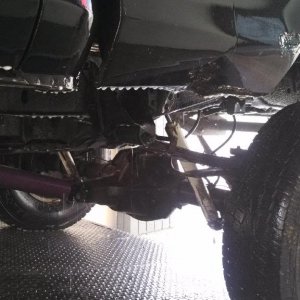Fuel systems are NOT like compressed air systems. You're regulating the pressure BEFORE the regulator, not after. If there is a restriction anywhere before the regulator that flows less than the regulator, the pressure before the restriction will always be HIGHER than at the regulator itself. The Banjo assemblies are SEVERELY limiting the fuel flow to the current regulator.
The fix to this is one of several methods:
Fix #1 (cheap fix, not the best fix)
Add a -6AN line from the fuel block to the regulator. This will bypass some fuel past the restriction all the time, still maintaining a constant 55psi in the system.
Pros: Cheap, Easy, Improved Pump Life.
Cons: Flow Characteristics
Fix #2 (more expensive, good fix)
Add a second regulator. Install a multi-port return style regulator off the main feed line in place of your fuel block. Attach the main feed and the head feed hoses on the pressure side of the new regulator. Run the return port to a Y-block on your return line. Attach the return line from the current regulator to the Y as well. Set the new regulator 5psi above the old regulator, this will force fuel to flow through the heads at all times but take the strain off the pump.
Pros: Maintains Full Flow Through Head, Takes Load Off Pump for Pump Life, Will Maintain Lowest Regulated Pressure on System.
Cons: Additional Expense to Update System, Slight Increase in System Complexity.
I've done a lot of fuel systems with big pumps over the years, including regulating A1000s down to 7psi for carburetors. If you just move the location of the current regulator to before the heads you'll starve the injectors under load. If you route the lines from the back of the heads together with the lines from the front of the heads you'll end up with stagnate fuel conditions at idle and low demands that will heat the fuel and negate the full flow properties you want from a regulated return.




